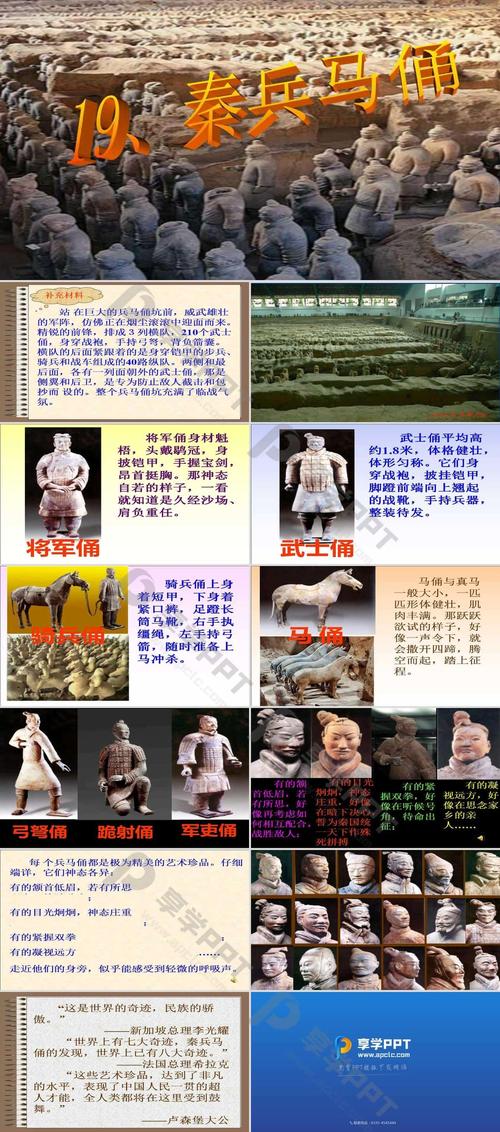
How Was the Age of the Terracotta Army Determined?
The Terracotta Army is one of the most iconic archaeological discoveries of the 20th century. This vast collection of life-sized terracotta sculptures depicts the armies of Qin Shi Huang, the first emperor of China. But how do we know when these incredible figures were created?
Thermoluminescence Dating of the Terracotta
One of the primary methods used to date the Terracotta Army is thermoluminescence dating. This technique analyzes the amount of light released from a material when it is heated.
Here's how it works:
- Crystalline materials like pottery and terracotta absorb energy from the environment over time. This energy is stored within the material's crystal lattice.
- When the material is heated, this stored energy is released as light. The amount of light released is proportional to the amount of radiation the material has absorbed, and therefore its age.
In a groundbreaking study published in 1988, Yanchou and his colleagues used thermoluminescence dating to analyze samples from the Terracotta Army. Their findings revealed that the terracotta figures were created approximately 2,200 years ago. This dating aligns perfectly with the reign of Qin Shi Huang (259-210 BCE), providing strong evidence that the army was indeed constructed for his mausoleum.
Carbon Dating of Charcoal Confirms the Timeline
To further validate the thermoluminescence dating, archaeologists employed another dating technique: radiocarbon dating.
- This method focuses on organic materials, such as charcoal, that were buried at the same time as the artifacts.
- Radiocarbon dating measures the decay of carbon-14, a radioactive isotope of carbon, in the organic sample.
Archaeologists discovered charcoal remnants within the burial pits of the Terracotta Army. Carbon dating analysis of these charcoal samples confirmed the results obtained through thermoluminescence dating. This consistency between the two methods significantly strengthens the conclusion that the Terracotta Army was created and buried during the reign of Qin Shi Huang.
The "Unbroken" Kneeling Archer: A Unique Clue
Among the thousands of terracotta warriors, one stands out: the "unbroken" kneeling archer. This remarkably well-preserved figure was discovered in its original, undisturbed position. The archer's pose, combined with the lack of environmental damage, suggests that he was likely buried quickly after his creation.
The existence of this "unbroken" warrior offers further support for the theory that the Terracotta Army was interred shortly after its completion. This rapid burial may have been prompted by the death of Qin Shi Huang, as it was common practice to inter vast numbers of laborers and artisans with their emperor to serve him in the afterlife.
FAQs
1. Are there any other methods used to date the Terracotta Army?
While thermoluminescence and carbon dating are the primary techniques, archaeologists also use stylistic analysis and historical records to confirm the age of the Terracotta Army. The distinctive artistic style of the figures and the written accounts of ancient historians provide further evidence to support the scientific dating methods.
2. Why is the Terracotta Army so significant?
The Terracotta Army is a testament to the power and ambition of the Qin Dynasty. Its sheer scale, detailed craftsmanship, and historical context offer invaluable insights into ancient Chinese civilization, military practices, and funerary rituals.
3. Is the entire Terracotta Army excavated?
No, excavations are ongoing. The vast scale of the mausoleum complex suggests that thousands more figures may still lie buried, waiting to be unearthed and studied. Each new discovery has the potential to reveal even more about the fascinating history of the Terracotta Army and the Qin Dynasty.